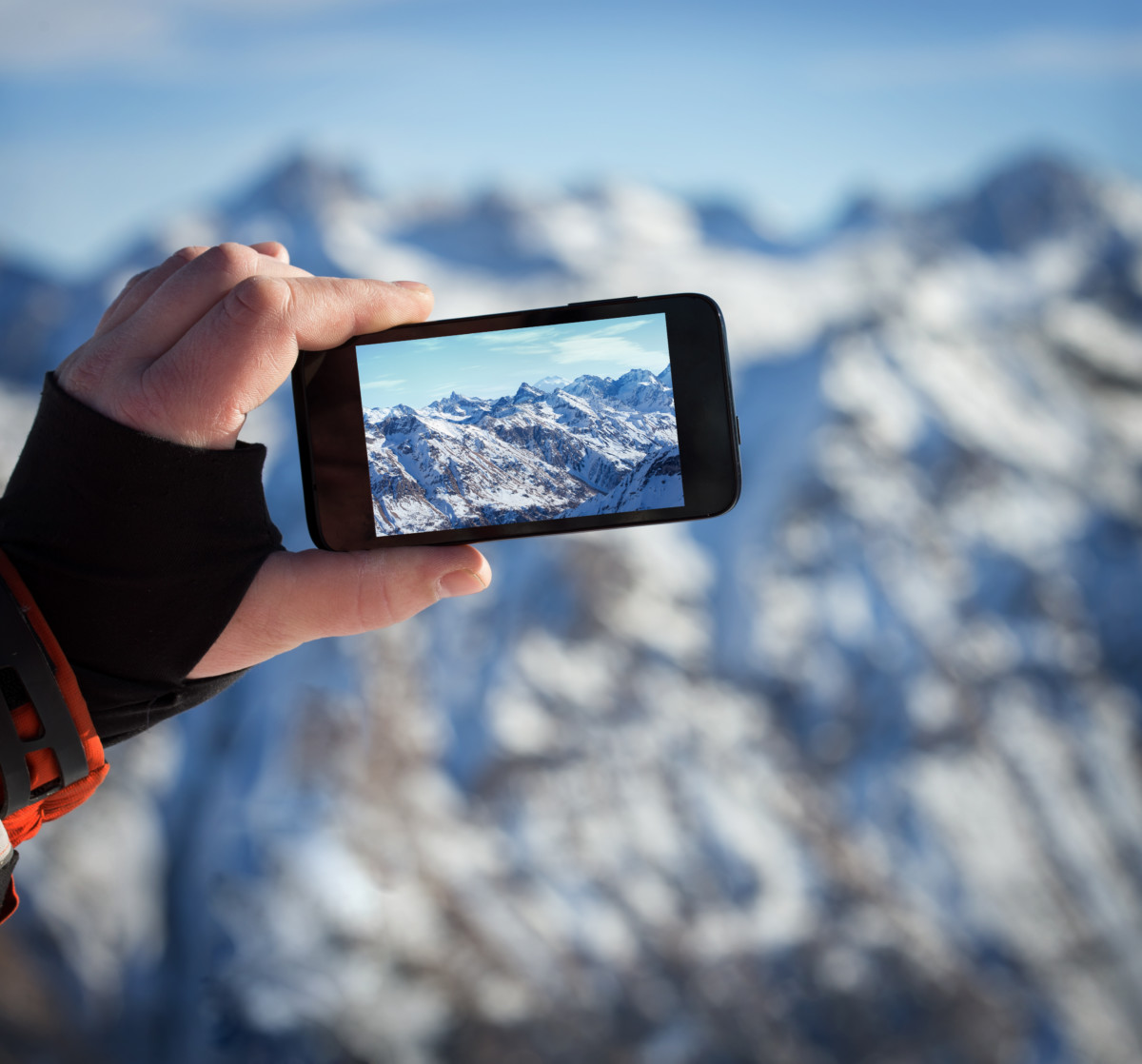‘Smartphoneographer’ – is that YOU? Yes, it is. And you’re not alone. Around the world, people are turning to their smartphones to simply click – From portraits, fauna and flora, interiors or products. You name it – photography via the smartphone or mobile filmmaking has become quite the buzz.
Winna Efendi famously remarked, ‘When you take a photograph of someone, you take a portrait of their soul.’ Interestingly, smartphones can now capture that very soul effortlessly. Your sole task is to understand the elements of the correct angle, lighting, focus and post-processing. Light is everything in photography, and it can make or break a photo. Here are another great resource from Clare Harding Photography on utilizing natural light for newborn photography. And there you are – a solid image of Tibetan monk ageing gracefully with a silver tooth-cap and twinkly eyes!
But how does one make settle for nothing less than the best from an iPhone or Android? To begin with, Alfred Stieglitz’s mantra of ‘wherever there is light, one can photograph’ holds absolutely true. But in cases where light is almost nil, a ring light can solve the issue of inappropriate lighting in smartphones. In actuality, lighting turns out to be more of the decisive factor than the camera used, especially when it comes to mobile photography. Another accessory that can fine-tune images is a good tripod.
The face in the frame certainly shouldn’t be lopsided! So, get hold of the tripod, mount and keep the phone steady for unblurred images. Attachable lens too, such as Olloclip, offer superb telephoto and macro-lens that can be simply attached to your phone and enhance angles. Additionally, using apps such as Camera+ (more of such apps listed here) can separate exposure from focus and as a thumb rule, to get better focus out of smartphones, one should pick simple backgrounds and not clutter or crowds. Speaking of apps, some of these 3d photo app will also allows to capture awesome 3d images.
Lastly, the focus on eyes is a must when it comes to portraits and majority smartphones score high on the that front. The process of click-and-delete as well as multiple, continuous shots is smoothest when using a smartphone – a simple advantage that most point-and-shoot and DSLRs falter on or have a slower process performing the same function.

As a totally different genre, wildlife photography with a smartphone is a winning case too. You’re perpetually on tenterhooks and are caught unaware when a wild bear decides to pluck a few berries from the bush. You don’t have a DSLR or perhaps it’s in the bag. But what you DO HAVE is an incredibly smart phone with a great megapixel. You reach out to your pockets and capture the event. CLICK!
When it comes to wildlife mobile photography, standing still, zooming in and sufficient lighting are all the three aspects worth understanding. While getting as close to the scene is enticing, it makes more sense to zoom in – in case there is a direct threat (beware of over-pixelating). If not, try getting as close to the subject as possible and click. When it comes to lighting, natural lighting i.e the day, is when most of your work should be ideally done. Smartphone camera’s usually require plenty light for a purposeful image. But one can get dramatic lighting effects at dawn and dusk as well, checkout some apps to help in this regard. With Snappgrip, one is fairly sorted when it comes to shooting in the wild. With hardware controls for shutter/focus, zoom and shooting mode, it comes complete with a tripod mount and works with low-energy Bluetooth. In addition the most precious moments are not lost if your battery dies out as it gives great standby. A dedicated shutter button and steady grip must not be undermined when it’s about shooting the wild. Events are quick out there and a smart app like Snappgrip can enhance the productivity of your smartphone – and only make it smarter!
Therefore, essentially, the rules remain the same as in a DSLR- it is only the medium that is different. Knowing your smartphone’s capabilities well can go a long way in exploiting the phone’s camera to the hilt. And eventually you’ll agree, while apps, filters and accessories can be powerful tools to complement your work, they definitely can’t replace talent! But if you would like to explore more about different types of photography you can do with your smartphone, here’s a guide by Kobratech.
Also check out a guide on how to Improve Your Wildlife Photography.
Got some great wildlife photographs to showcase? Use Pixpa to show them to your clients!


